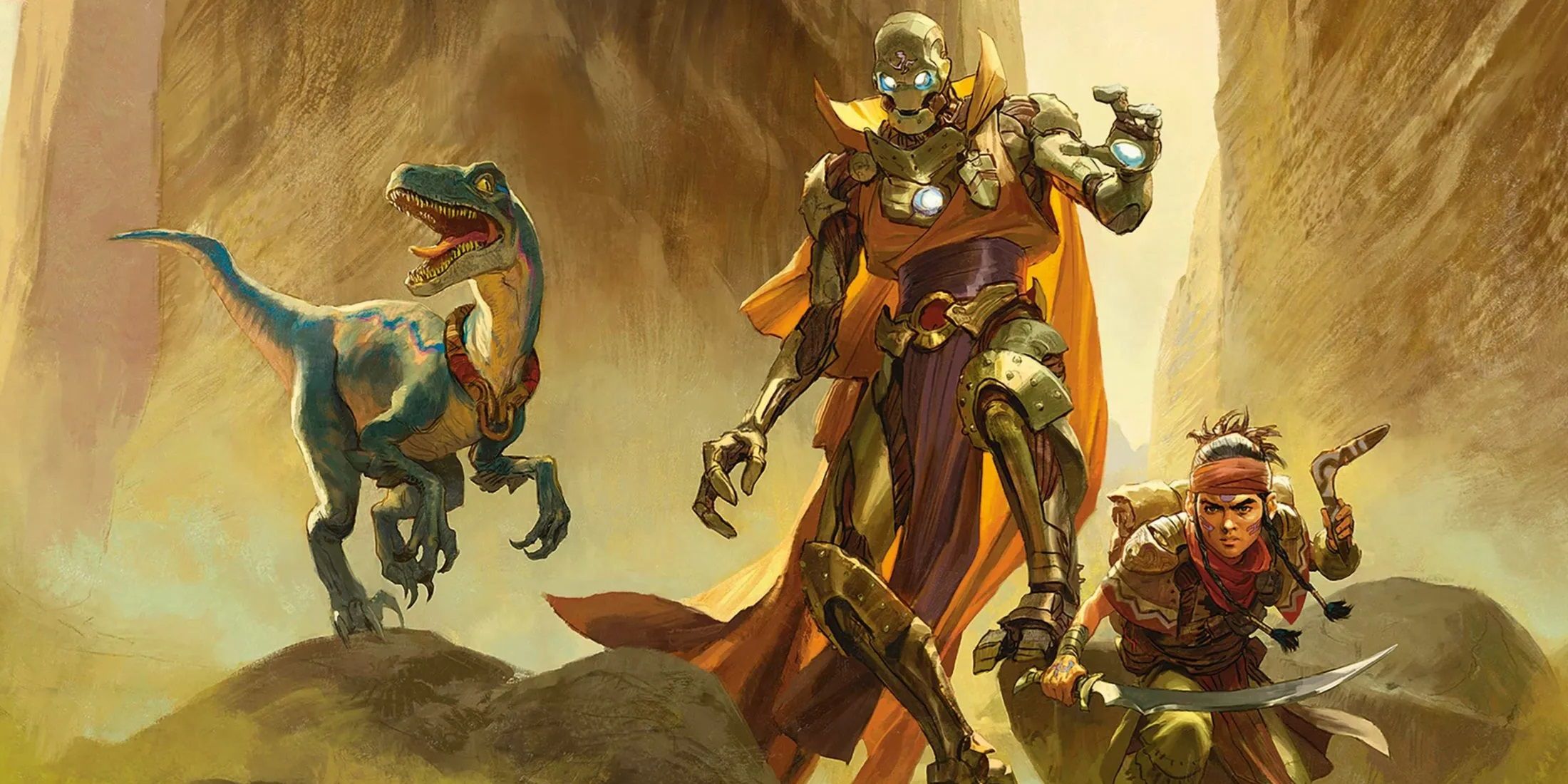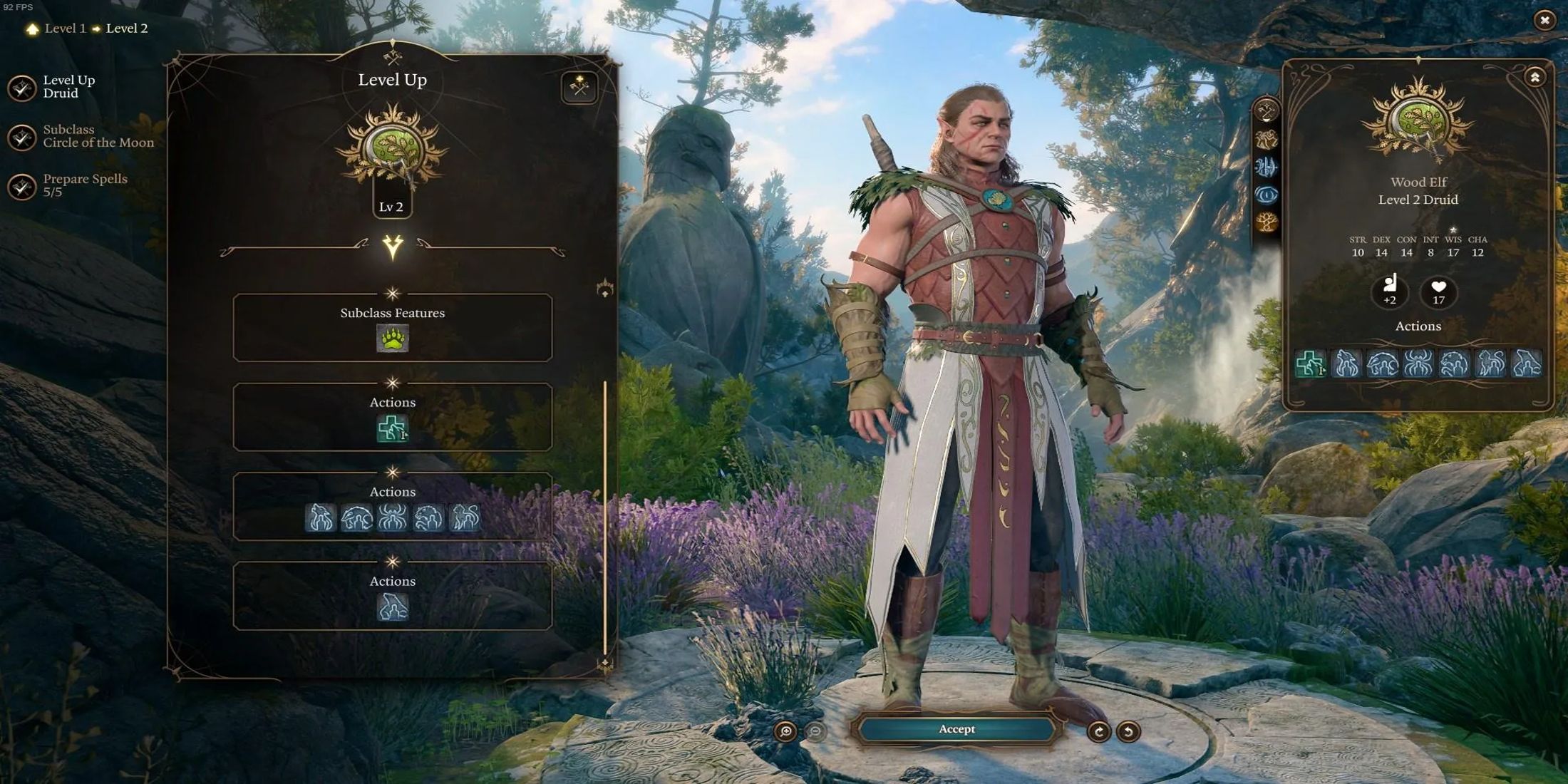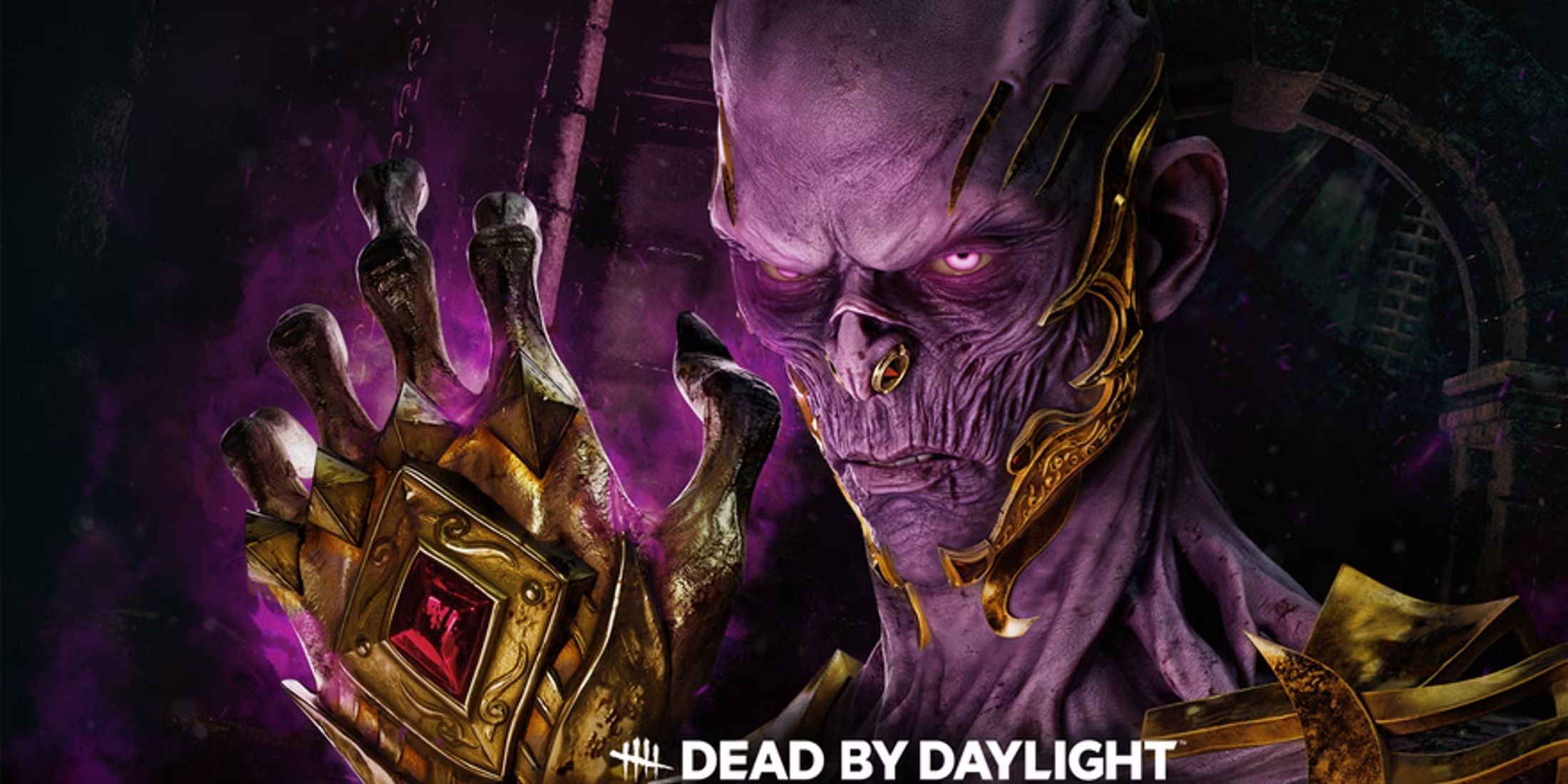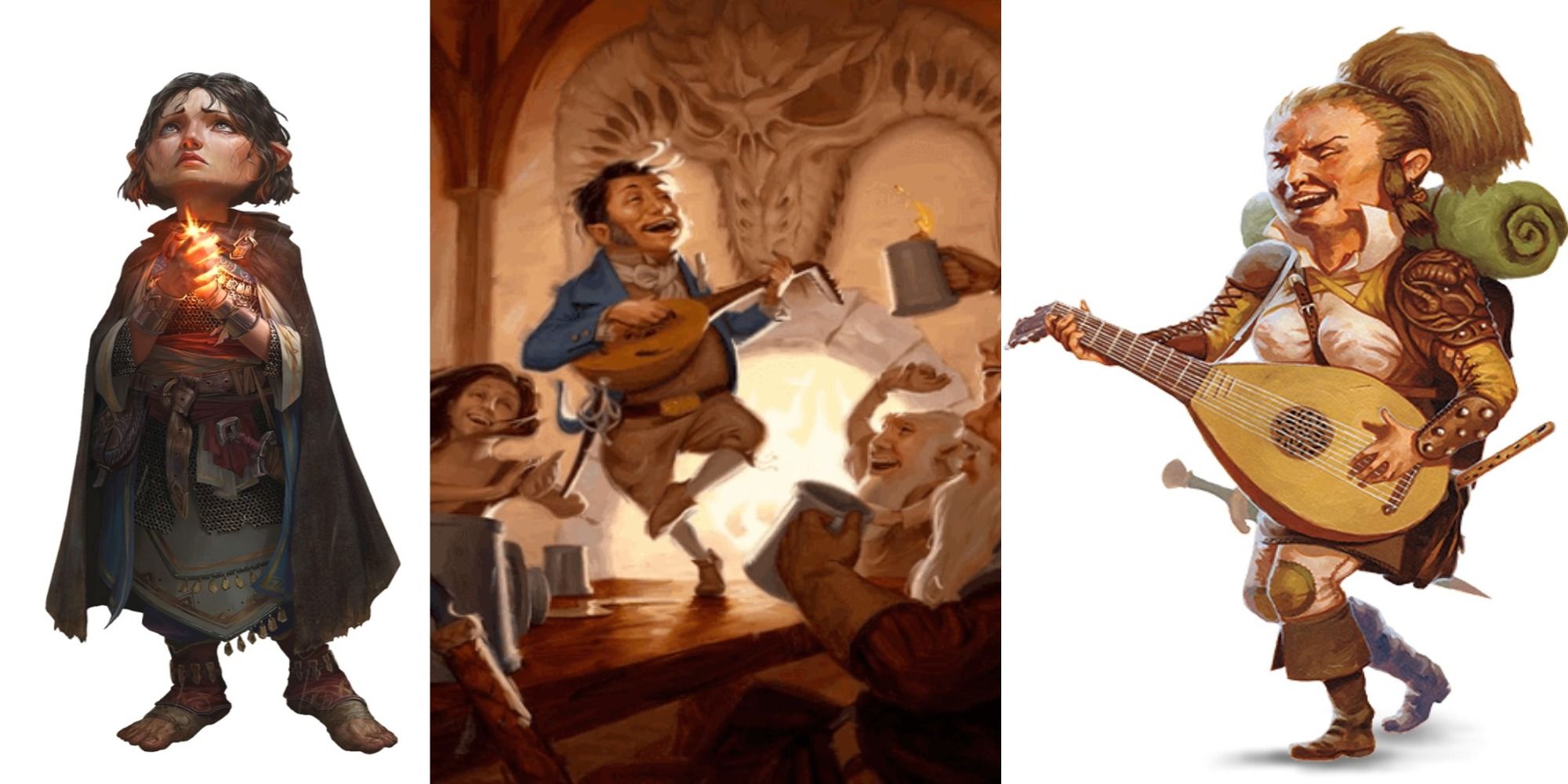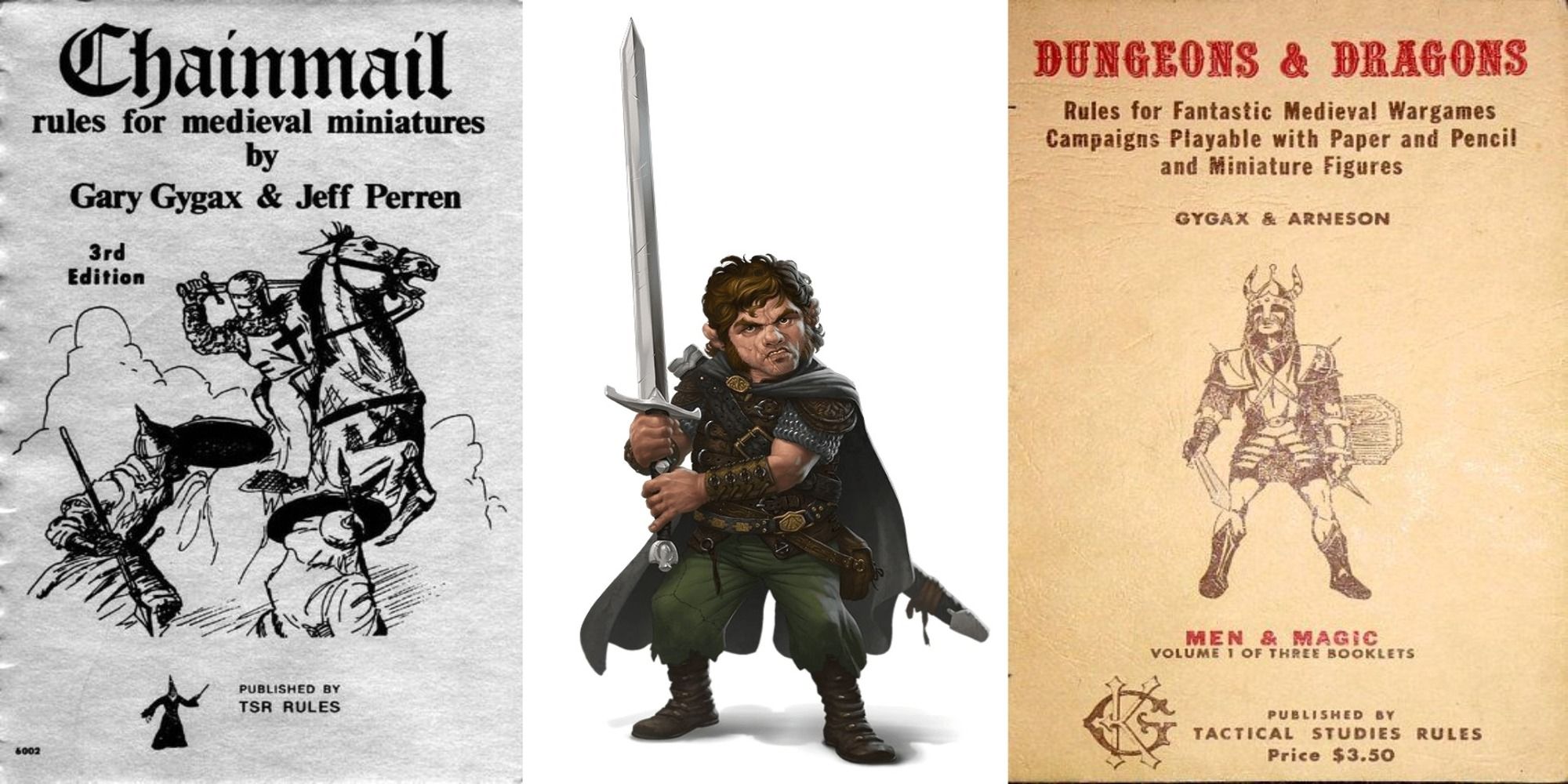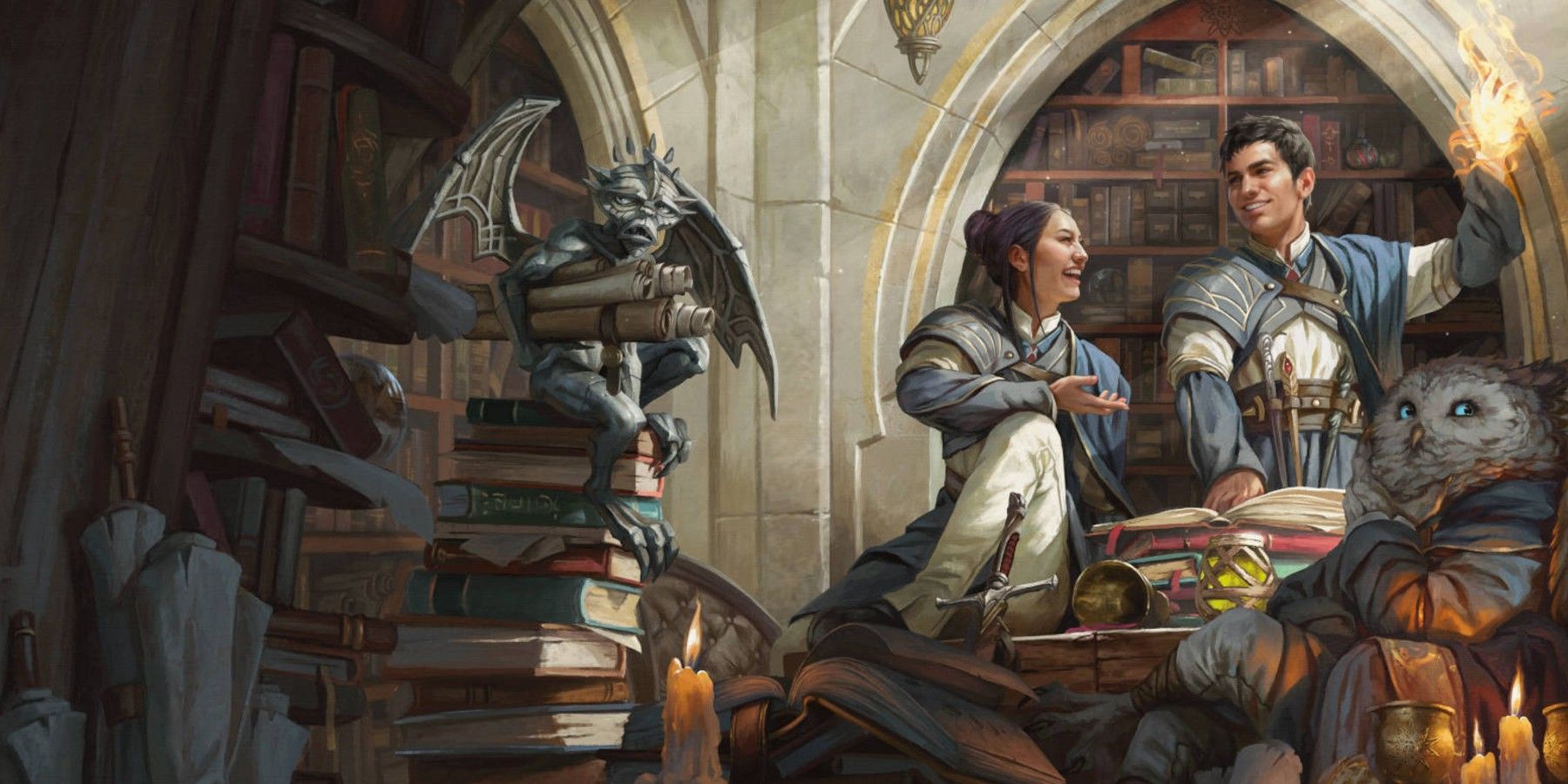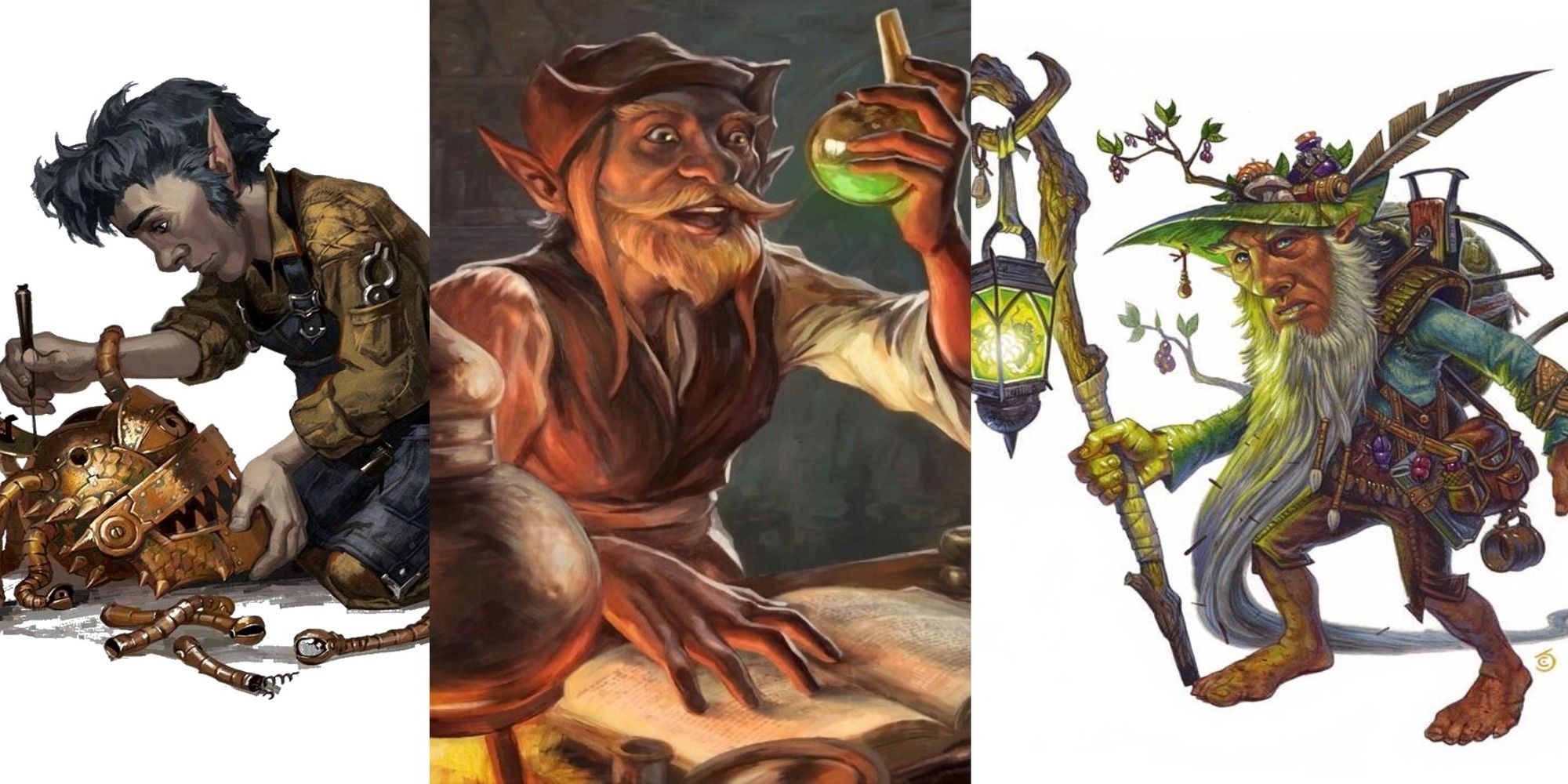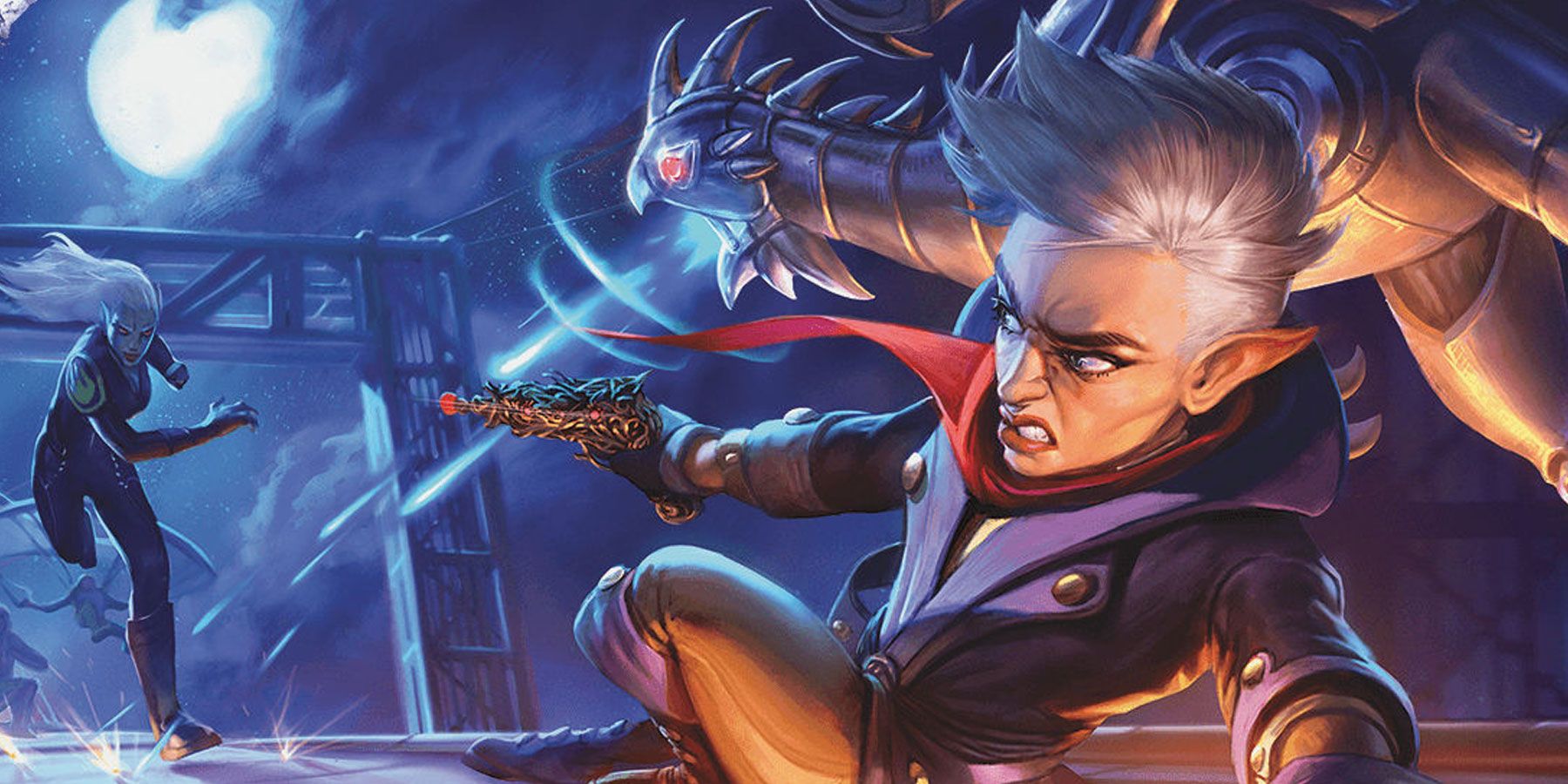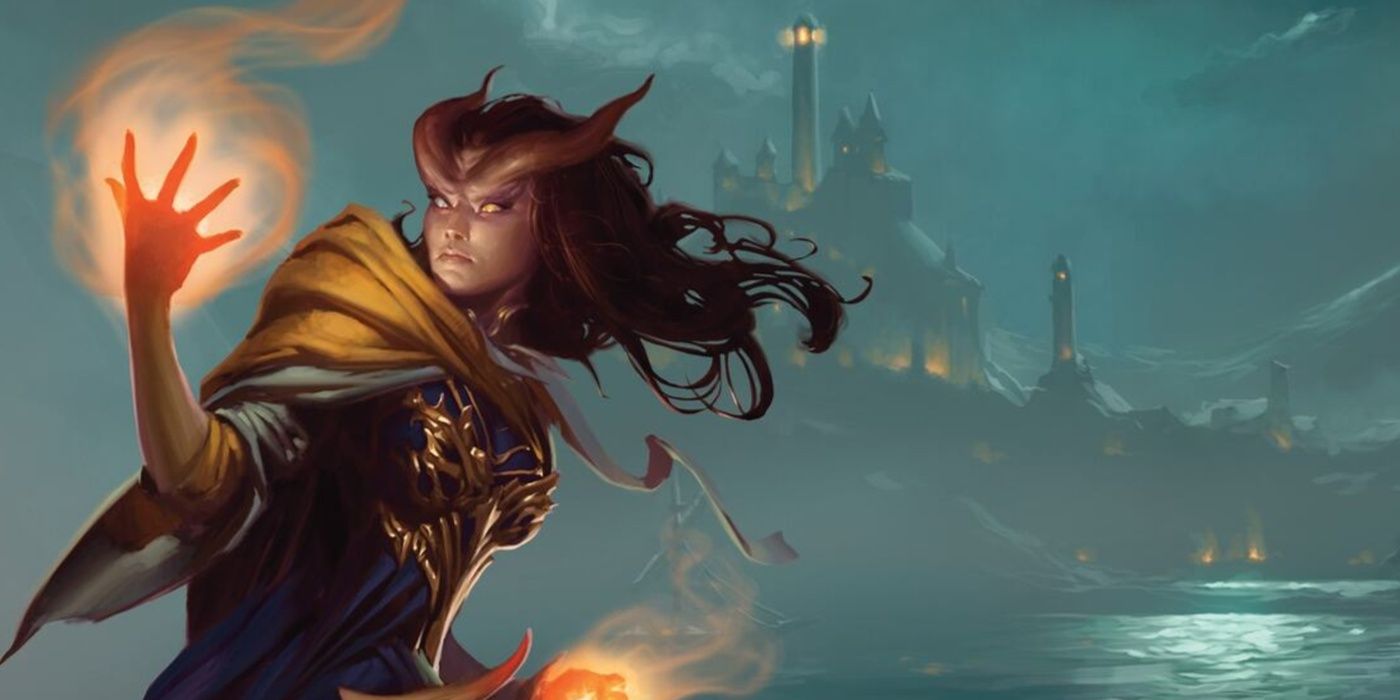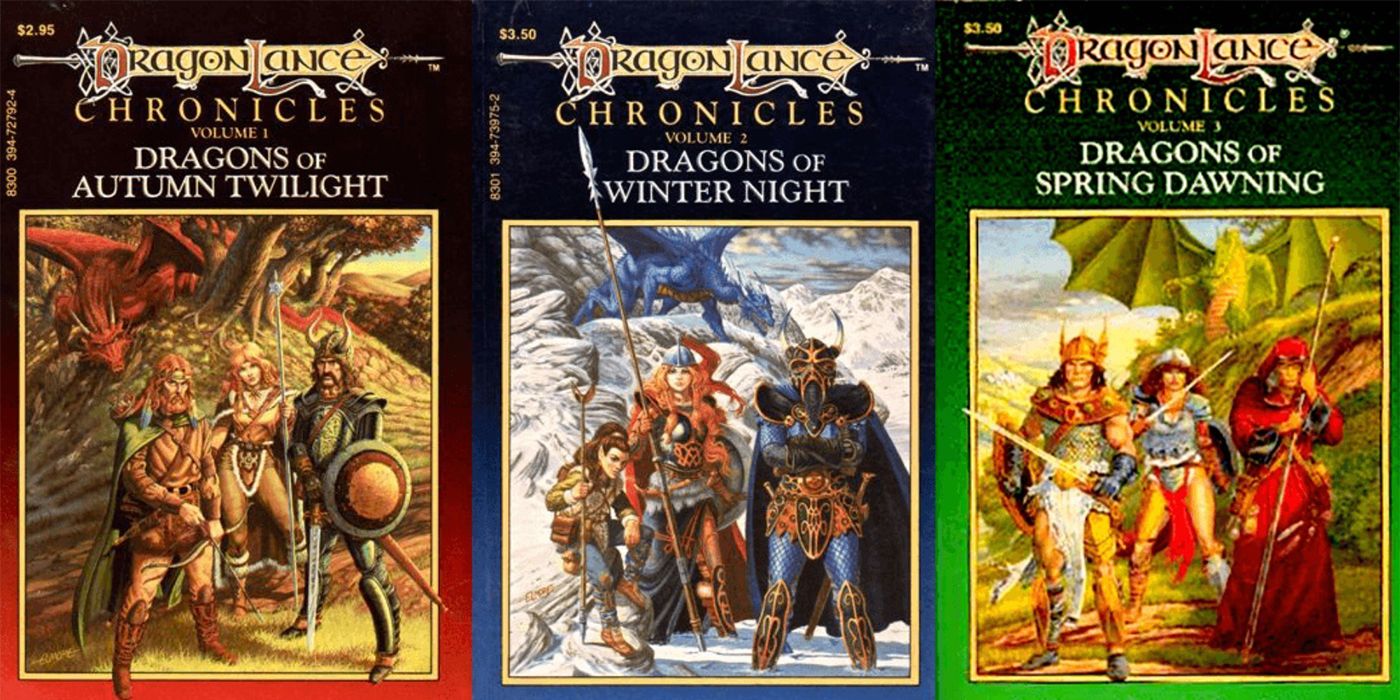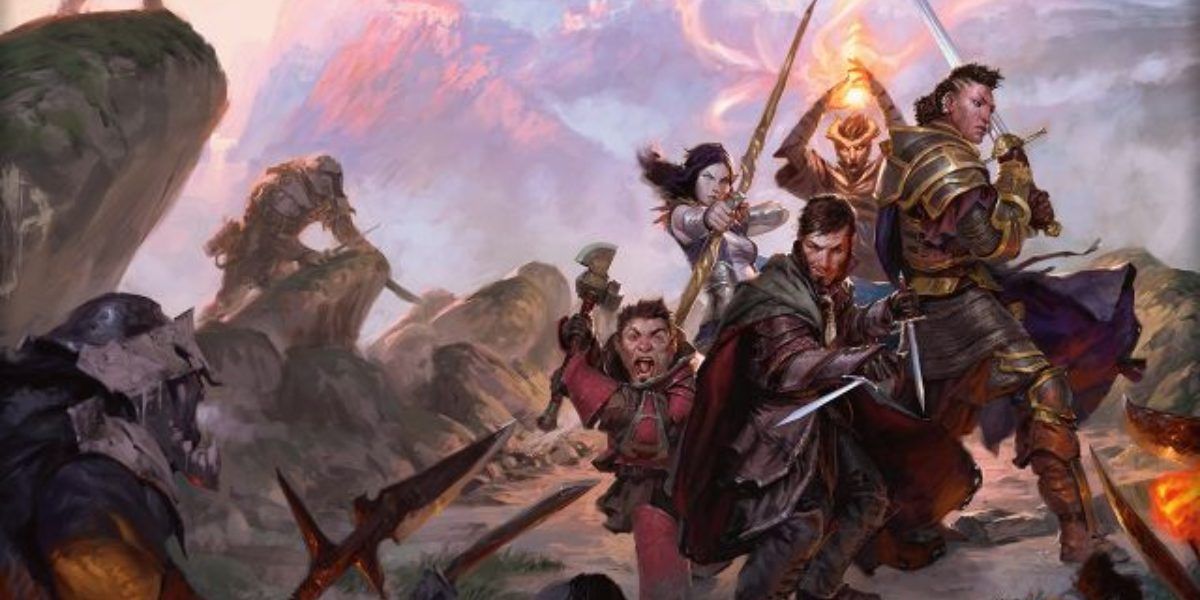Some trivia about Halflings in the Dungeons & Dragons universe is common knowledge. They have a lot in common with the Hobbits of Middle-earth, a race that was previously only known to nerds and gamers until Peter Jackson made them famous. In fact, the early versions of Halflings in D&D actually were Hobbits, lifted almost exactly from the Tolkien novels, but the name was changed because of copyright issues.
Everyone knows that Hobbits love comfort, family, and food. Visions of them puffing down on long pipes while lounging on the stoop are common. They tend to stand at about four feet tall and have a talent for staying hidden. The Halflings of D&D share many of the same traits, including a few more that you probably never heard before.
7 The Legacy Of Chainmail
Chainmail, a strategy game that was released in 1971, was the earliest version of what would eventually evolve into Dungeons & Dragons. Halflings also got their first appearance in this early version, and they were still referred to as Hobbits.
In the early days, it was obvious that D&D was inspired by The Lord of the Rings, and creators Gary Gygax and Jeff Perren were open about what inspired them. As TTRPGs grew in popularity, however, so did concerns about copyright infringement, and Hobbits became Halflings by the time the AD&D 1st Edition was released in 1978.
6 No Halfling Kingdom
Halflings have a talent for blending into societies of other races, but as for their own political ambitions, there are few to none. There's no king of the Halflings, no nobility, and certainly no social hierarchy to speak of. Halflings rarely amass wealth, mostly because they tend to give a lot of it away.
These kinds of pretensions related to money and class don't fit in well with this kind and practical race, and it also makes sense for those who value freedom as much as the hearth would shun traditions that give rise to fiefdoms, oppression, or poverty. Halflings communities never get any larger than shires or hamlets, and the elders act as leaders instead of the landed gentry or a sheriff.
5 More Than Two Halfling Subraces
Officially, there are two Halfling subraces, Lightfoot and Stout. Occasionally, there might be some variation, with terms like "Tallfellow" for those that might have Elf or Human blood. Aside from these, however, there are also Elemental Race Variants depending on the module and the Dungeon Master that's running it.
The four elements are earth, air, water, and fire, and these often manifest as different environments or planes of their own. As described in Unearthed Arcana, Halflings also exist in the subraces of Aquatic, Desert, Jungle, and Water in these realities. Every race in the D&D universe has some of these variants, and they're based on beings that live in the six Inner Planes.
4 There's An Evil Halfling Race...
A Drow is an evil version of an Elf, and there's a Halfling equivalent. The Book of Vile Darkness, a supplemental D&D sourcebook for 3e, describes a race known as the Jerren. These are a variant of the Lightfoot race, and the one type of Halfling that nobody wants around unless they are also equally vile themselves.
Once a race of plain-dwelling ranchers and farmers, the Jerren are now subterranean dwellers. They turned to dark magic out of desperation when it seemed like they would be wiped out by goblins, but they became like the vicious foes they were fighting. These Halflings have the same talents with Dexterity and nimbleness as others, but also have bonuses to skills like Bluff and Intimidate along with an affinity for dark magic and ruthless cunning.
3 ...And A Half-Demon Halfling Race
No, these are not "quarterlings." They're called Wisplings, and they are the descendants of demons and Halflings. Although this sounds like a recent development or a homebrew idea, this variant has existed since 1981 when it first appeared in the Fiend Folio, a supplemental resource to theAD&D 1st Edition. Mordenkainen's Fiendish Folio Volume 1 updated this information in 2019.
The features of Wisplings tend to be the same as Tieflings, complete with horns and an affinity to certain kinds of magic along with a Dexterity or Charisma bonus. Wisplings often have red hair and more often than not, they're of an evil alignment.
2 The Dragonlance Franchise Also Has A Version
The Kender are unlike any other subrace. In fact, these kinds of Halflings are more than another variant but more like their own unique race. The lore of Dragonlance is more about an alternate evolution as opposed to simply another version.
A portion of the Dragonlance novels take place on a planet called Krynn, and this is the only location where the Kender race of Halflings can be found. The Kender race takes the Halfling affinity for burglary to a whole other level, stealing anything that isn't tied, glued, or nailed down.
1 Halfling Heroes
Halflings are modest folk who prefer to be neither seen nor heard, but there are some famous names worthy of note in the D&D universe.
Dydd the Wise was a Druid, and the sole survivor when the dragon Ashardalon destroyed the Church of the Elements and his cult along with it. His tale of revenge backstory in The Wrath of Ashardalon adventure module.
Lidda, a Halfling Rogue, is one of D&D's most iconic characters. She's appeared several times as part of backstory or tutorial information since the 3rd Edition was released. Lidda is currently found in the D&D Player's Handbook, the Dungeon Master's Guide, and Enemies And Allies, along with having primary or secondary roles in the related novels.

